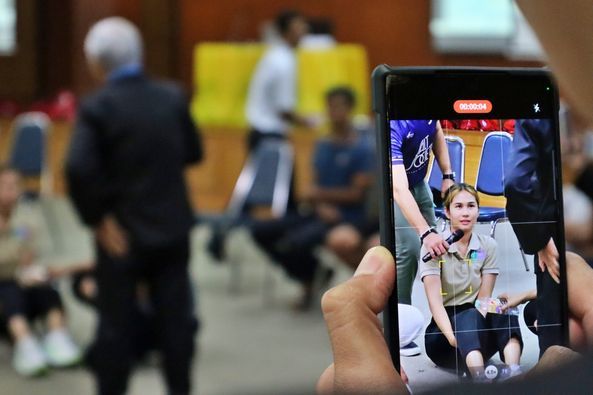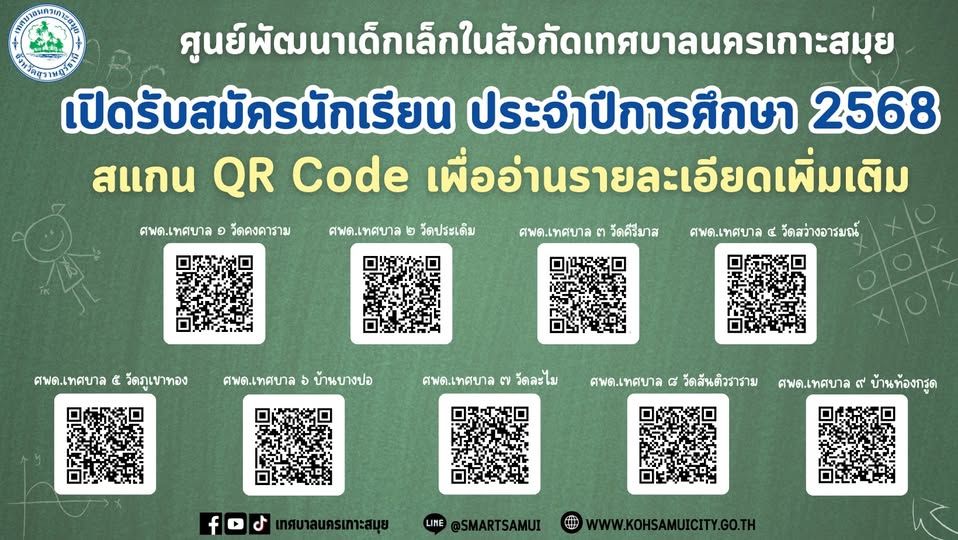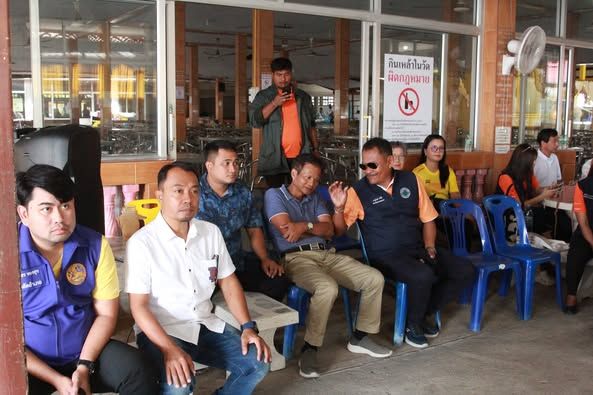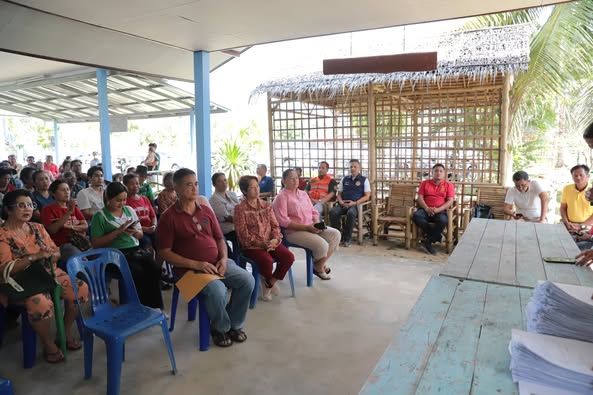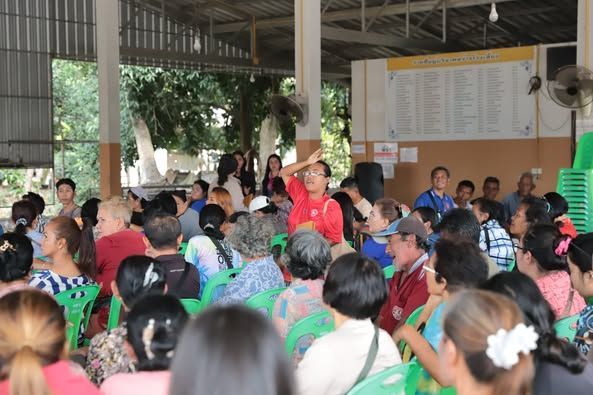Opening Ceremony
On July 12, 2023, the 2nd edition of the Tourist Volunteer Training Program course focusing on the prevention and surveillance of injuries from toxic jellyfish commenced. The opening ceremony took place at Chaweng Conference Room, Suratthani Rajabhat University, Ko Samui District, and was presided over by Vice Mayor Ms. Supinya Sri Thongkun. A total of 50 participants attended the event, including government officials, municipal staff, nurses, and hotel employees. The lecturers for the event were Ms. Krisana Phromko and Dr. Maratsayu Ingkhaphatsakorn.
Importance of Safety in Tourism
The Municipality of Ko Samui recognizes the importance of tourist safety and is responsible for the prevention and surveillance of injuries caused by toxic marine animals. Between July and December each year, there is an outbreak of box jellyfish and other toxic jellyfish species in numerous coastal provinces. Ko Samui, in particular, has several areas where toxic jellyfish can be found.
To address this issue, the Municipality of Ko Samui collaborates with a network of partners to conduct training courses for tourist volunteers. The goal is to equip volunteers with basic knowledge of jellyfish and best practices to provide appropriate assistance to tourists, thereby instilling confidence in the standard of assistance provided.
Training Program Curriculum
The training program covers both theoretical and practical aspects. Topics include essential information about jellyfish and other toxic marine animals, first aid techniques, and patient referral procedures for cases of poisoning. Demonstrations and group practice sessions focus on assisting individuals injured by toxic marine animals and providing emergency first aid and basic life support (CPR).
Basic CPR Knowledge
CPR, or cardiopulmonary resuscitation, is a first aid technique used in situations where an individual experiences abnormal breathing or cardiac arrest due to various causes, such as heart attacks or drowning. In case of an emergency, you can call the National Institute of Emergency Medicine at 1669.
If you have not received CPR training or are concerned about providing rescue breaths, hands-only CPR is an alternative option. This method involves continuous chest compressions at a rate of 100 to 120 times per minute until professional medical help arrives.
Performing CPR
To perform CPR, follow these steps:
- Place both hands in the center of the chest.
- Position one hand on top of the other and press down straight repeatedly.
- Maintain a compression rate of about 100 to 120 times per minute.
Using the rhythm of songs like “Staying Alive” by Bee Gees or “Crazy in Love” by Beyoncé can help maintain the correct rate of compression. Continue chest compressions until professional help arrives.
